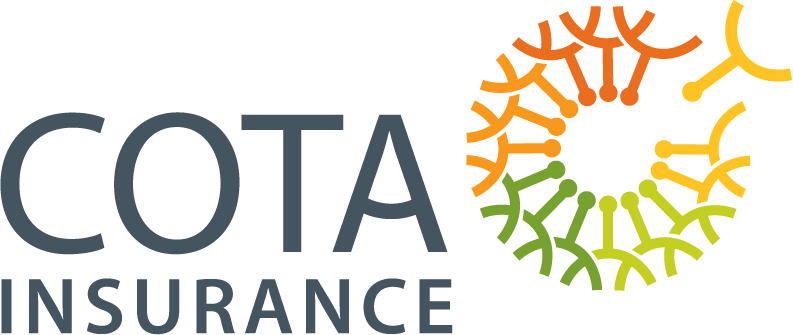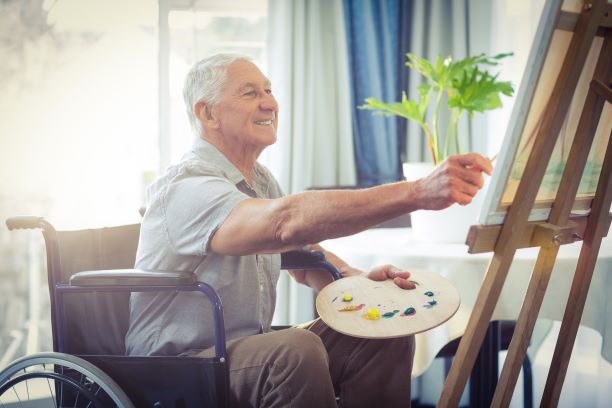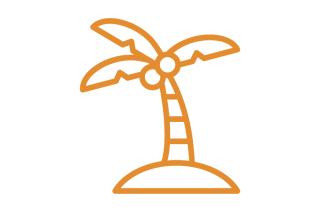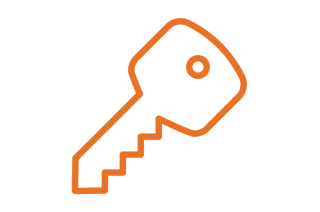Art Therapy
Interested in alternate therapies? Then this might be the one for you – Art therapy.
Last year the ABC ran a reality tv series called Space 22, where participants with mental health conditions used art and creativity as a form of expression in an attempt to heal their wounds. The 6-part experimental series included 7 participants who aimed to test if the act of creativity through art can help with mental health. The show’s host highlighted a big improvement in the participants from the start to the end of the series and hopes that other will take the creative challenge on themselves.
What is Art therapy?
Art therapy can be very similar to talk therapy, however it also uses active art-making and the creative process. It provides another form of language that can help express things that may not be easily articulated with words. Art can show things about a person, and unexpected things can come forward in the art and in the process of creating it.
Using artistic methods to treat mental health and other conditions through creative expression is not a new concept. Art for self-expression, communication and healing has been used for thousands of years, however a formal profession was only created in the 1940’s.
Nowadays there are professional art therapists, with qualifications in art and therapy. You may find an art therapist working in a school, a hospital, a wellness centre, in seniors’ communities, in rehabilitation centres and more. Art therapists aim to support and help people’s mental, emotional and physical wellbeing through art.
When to use art therapy
Don’t be fooled in thinking art therapy is just for children, it is suitable for all ages. Art therapy can be very effective during a time of change, a personal crisis, trauma, and grief. Research has found that art therapy helps people feel more in control of their own lives, and helps relieve anxiety and depression. Art therapy can also assist in managing pain by moving mental focus away from the painful stimulus.
Conditions where art therapy might be helpful include:
- Aging-related issues
- Anxiety and stress
- Cancer
- Depression
- Eating disorders
- Emotional difficulties
- Family or relationship problems
- Medical conditions
- Post-traumatic stress disorder (PTSD)
- Psychosocial issues
- Substance use disorder
Art therapy techniques
You don’t have to be an artist, good at art or even have any artistic skill to create art. Everyone is creative in their own way. The focus in art therapy is the process of creation rather than the actual art product at the end.
An art therapist may encourage you to try different art mediums and different styles of expression. This can include:
- Collage
- Colouring
- Doodling and scribbling
- Drawing
- Painting and finger painting
- Photography
- Sculpting
- Working with clay
Try art therapy at home
Are you keen to give art therapy a go by yourself? You can find many examples online to try. A few that we liked include scribbling with your eyes closed and an identity collage, as follows:
Scribbling with Your Eyes Closed
Because everyone started scribbling as kids, this is a natural place to start with art therapy. Its suggested that before you begin, you relax, meditate or listen to calming music for a few minutes. To do this activity, you’ll need a large piece of plain paper and coloured pencils, marker or chalk.
Tape your sheet of paper to the table so it won’t move. Choose a coloured pencil/chalk/marker and place it in the middle of the paper, close your eyes and start scribbling.
Scribble for about 30 seconds and then open your eyes. Take a close look at your picture and find an ‘image’, such as a shape, figure or object in your scribble. To do this make sure to view your picture from all angles or even hang it on the wall, and step back for a full perspective. After you find your image, color it in and add details to bring the image into focus. Hang your drawing and give it a title.
Identity Collage
An Identity Collage can help you explore who you truly are.
You will need many kinds of old magazines and other things such as printed images, photos, objects, anything you like. You will need a large piece of paper or card, glue and scissors, too.
Then explore all materials and cut/rip/select the images, words, or objects that resonate with you. Assemble and glue the collected pieces in a way that feels representative of your identity and inner sense of self onto the latghe piece of paper/card.
When you have finished take note of the collage and anything you ‘notice’ about it, and what it means about you as a person and your identity.
Alternatively, there are some projects you could try from the Space 22 TV series and another option offering 16 exercises to do at home:
Nate Byrne practices continuous line drawing
Celia Pacquola gives Hirameki a go
www.sunshinecitycounseling.com/blog/how-to-do-art-therapy
Other creative therapy
Art therapy is not the only type of creative art used in the treatment of mental illness. Other types of creative therapies that may interest you include:
- Dance therapy
- Drama therapy
- Expressive therapy
- Music therapy
- Writing therapy
Source:
www.abc.net.au/everyday/space-22-improving-mental-health-through-creative-arts/101052564
iview.abc.net.au/show/space-22
www.verywellmind.com/what-is-art-therapy-2795755
www.blackdoginstitute.org.au/news/space-22-art-and-creativity-for-mental-health/
www.self.com/story/art-therapy-exercises
psychcentral.com/blog/art-therapy-exercises-to-try-at-home#1
www.sunshinecitycounseling.com/blog/how-to-do-art-therapy
https://creativetherapyideas.com/5-amazing-art-therapy-activities-for-adults/

